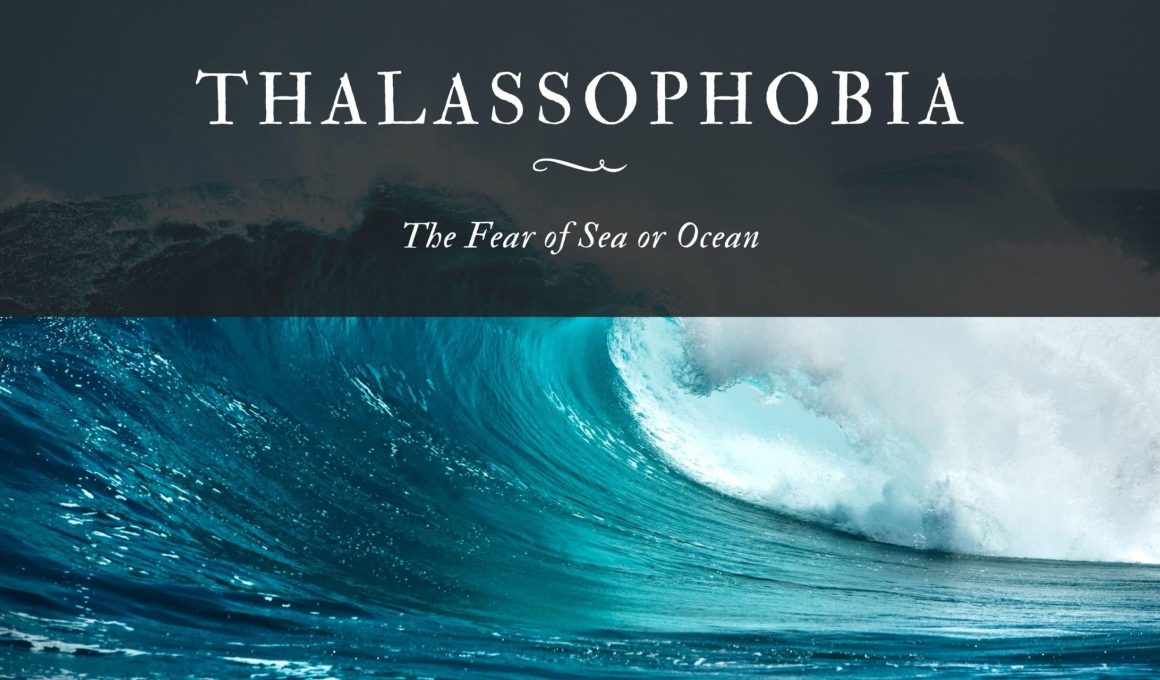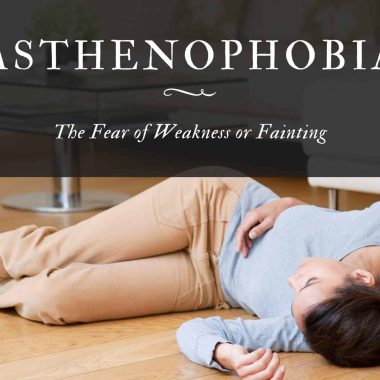Thalassophobia is a great or irrational fear of the sea. Some people find the sea scary and intimidating, while others have a deep dread for the sea. Just by thinking of the sea, some people get panic.
If one’s life is affected just by the thought of the sea, or if one finds himself or herself in a position where the sea makes him or her feel uncomfortable to the point where their health is affected, such people are considered to be suffering from Thalassophobia.
Thalassophobia affects people in a way that their fear is not only the restricted sea but also large lakes, ponds, and rivers.
Generally, a large volume of water, with a certain depth, might be home to some carnivorous animal; this can only strike fear in someone who has Thalassophobia.
Thalassophobia patients usually go through painstaking efforts to ensure that they do not come into contact with any form of a large body of water in their day-to-day activities so as not to exacerbate their symptoms of Thalassophobia.
They might also go to various lengths to suppress these feelings. For example, they might decide to move inland so that they would not be faced with any form of body of water.
This might work, as their anxiety might reduce over time. But this method only worsens their fear of the sea in the long run, as they only reassure themselves that the sea is something worth fearing.
Due to some physical limitations like poor vision or inability to swim, some people might have some form of phobia of the sea. But those with Thalassophobia could get panic attacks just from the thought of the sea.
Although there are actually great dangers and high risks in being the, someone with Thalassophobia would put a magnifying glass on such risk and make it the focal point of their fear.
Symptoms of Thalassophobia
Thalassophobia can negatively affect one’s life, and since phobia is a type of anxiety disorder, Thalassophobia symptoms are the same as those found in other phobias.
When people who are suffering from Thalassophobia think of the ocean, you may experience the following:
- Worrying more than usual
- Agitation and restlessness, even in their day-to-day activities
- Panic and anxiety attacks
- Trouble falling asleep or possibly leading to insomnia
- Avoiding a large body of water
- Chose to live more inland
- Being unable to cope with their fears
- Muscle tension, shakiness, and sweat
Someone with Thalassophobia can experience anxiety, and this anxiety could give them panic attacks, during which they might feel their hearts racing more than usual, a nauseous feeling, trembling, sweating, and the sense of impending doom and dissociation.
For those with Thalassophobia, anxiety could show up at any time; some might show up when they are driving past a beach, some while they are flying over the ocean, depending on the level of Thalassophobia. Some might even experience anxiety just by looking at a picture of a beach.
Someone with Thalassophobia might even become overly concerned during bad weather, due to the fact that storms could increase tides, increase the dangers of ships in the sea. In such cases, their worries are usually not grounded in reality, and they tend to dramatize every bit reaction.
Causes of Thalassophobia
Some researchers say more than eighty percent of the ocean is unmapped, unobserved, and unexplored.
The mere thought of what might be in the water can evoke an immense amount of fear I those with Thalassophobia.
The ocean has an average depth of 2.3 miles (3.7 kilometers), with 700,000 to 1,000,000 species.
This information is enough for someone who is suffering from Thalassophobia to resolve that they would never come in contact with water.
Another reason could be seen in a scenario where someone once drowned or where you know someone who once drowned.
The experience from this could lead to someone having Thalassophobia. Other traumatizing events like shark bites, jellyfish stings, or other incidents could cause some to have Thalassophobia.
Aside from the environmental factors, someone with a family history of mental illness, especially anxiety disorder, may have a great risk of developing Thalassophobia.
This could be because they might have a high chance of being genetically predisposed to mental illness in general.
Treatment for Thalassophobia
Treatments for Thalassophobia might include some Talk Therapy like Cognitive-behavioural (CBT) or Exposure therapy. Exposure therapy is seen as one of the most common forms of treatment for those who are suffering from various phobias.
Below is a list of treatments that might have helped those who are suffering from Thalassophobia
Exposure Therapy
Exposure therapy is a pervasive way of treating various forms of phobia. Exposure therapy works well for most patients suffering from phobias, including Thalassophobia.
Its procedure is quite adequate, as people who have Thalassophobia are gradually made to put themselves in various positions where they find themselves in some form of water and learn to cope with their fears while in that state.
The next face might involve the patient being placed in a very shallow swimming pool and being made to remain in the pool for a certain amount of time.
If the phobic develops the confidence to be in a shallow pool, he might be advanced to going to the beach.
In treating Thalassophobia, the Doctor might start the treatment by showing pictures of various beaches or oceans; after some time, he might also have to introduce said patients to a video of a vast ocean.
The Doctor would use this method, as he or she cannot afford to bring the sea or ocean to their working hours, so a picture and video of a sea is the best option.
This method is proposed to help disordered patients or Thalassophobia patients get over their fear of oceans. Theoretically, the more exposed a patient is to his fear, the more they get past it and the less they get bothered by it.
Cognitive Behavioral Therapy (CBT)
This is an option that focuses on changing the negative thoughts that people who have Thalassophobia have to healthier ones to help improve their lifestyle. Phobias can cause visible activation and changes in neural pathways of the brain.
Through research in 2013, studies have found that CBT has a significant impact on people who have specific phobias, such as Thalassophobia.
Auricular Chemotherapy and Virtual Reality Therapy. These types of therapy rely on the visual system of the brain. The downside is that they are relatively new, so there is very little research to determine how effective this treatment is.
Exercise for Thalassophobia
Exercise is known to be extremely beneficial for people who have various mental disorder, which includes Thalassophobia; cardiovascular exercise is one of the most effective exercises that is known to relieve stress.
Aerobic exercises have been said to help people, and they are more effective at releasing some of the feel-good chemicals in the brain, i.e., endorphins.
Since stress had been seen as a major course of anxiety, the doctor has advised that regular exercise would yield a good result for Thalassophobia.









